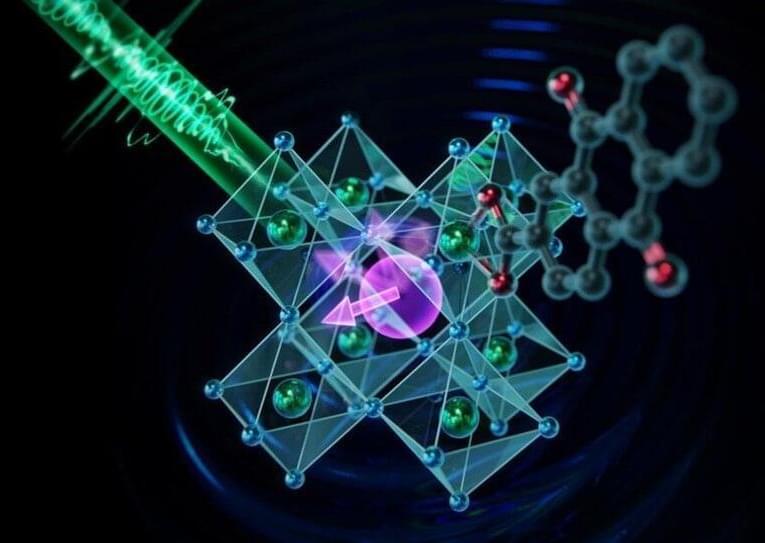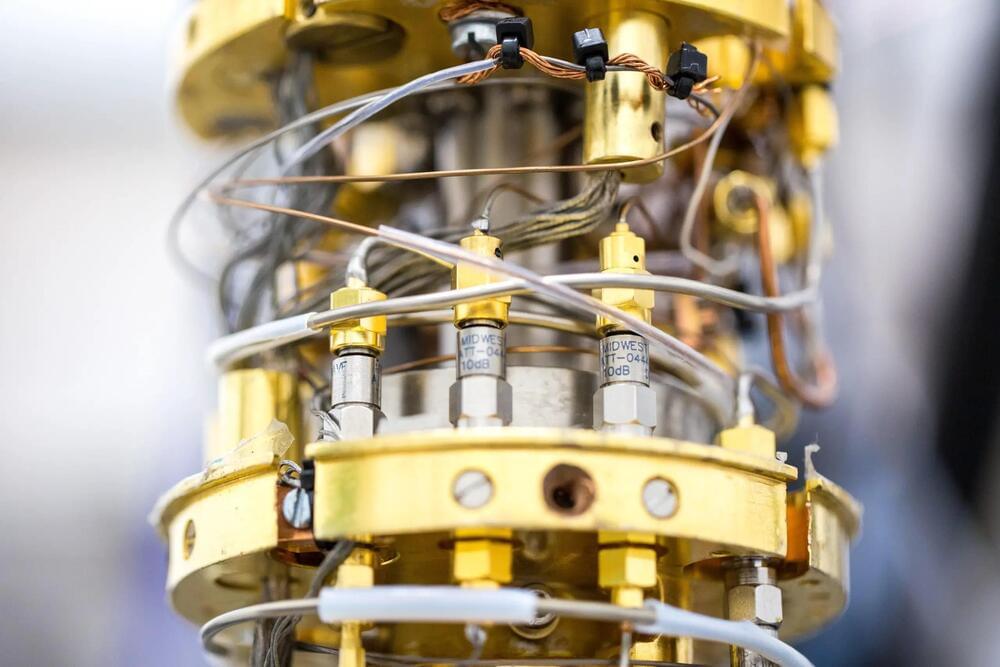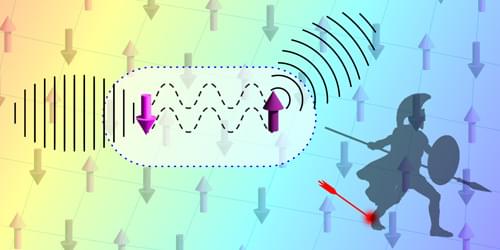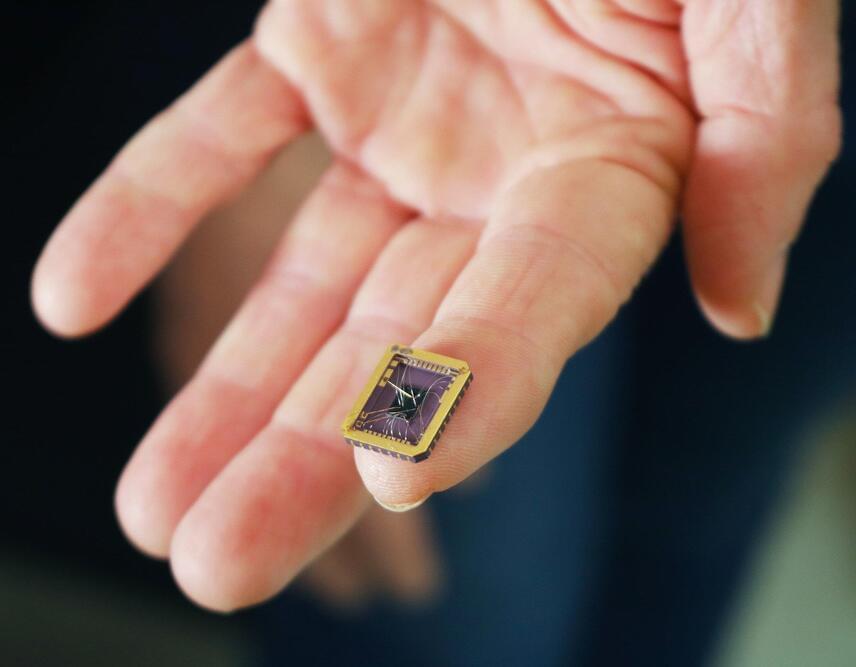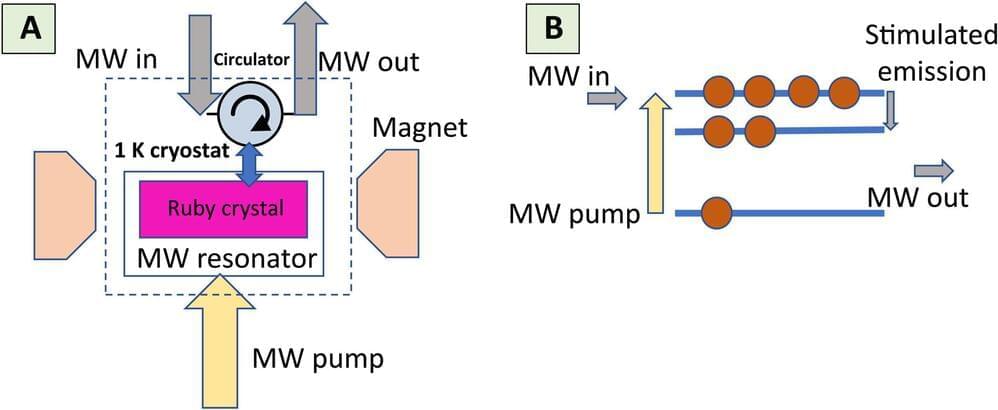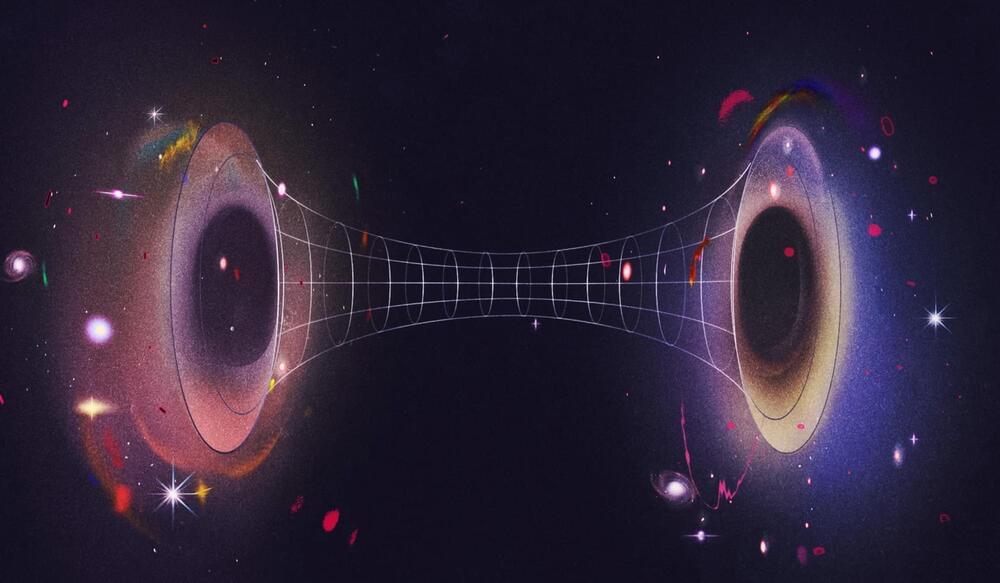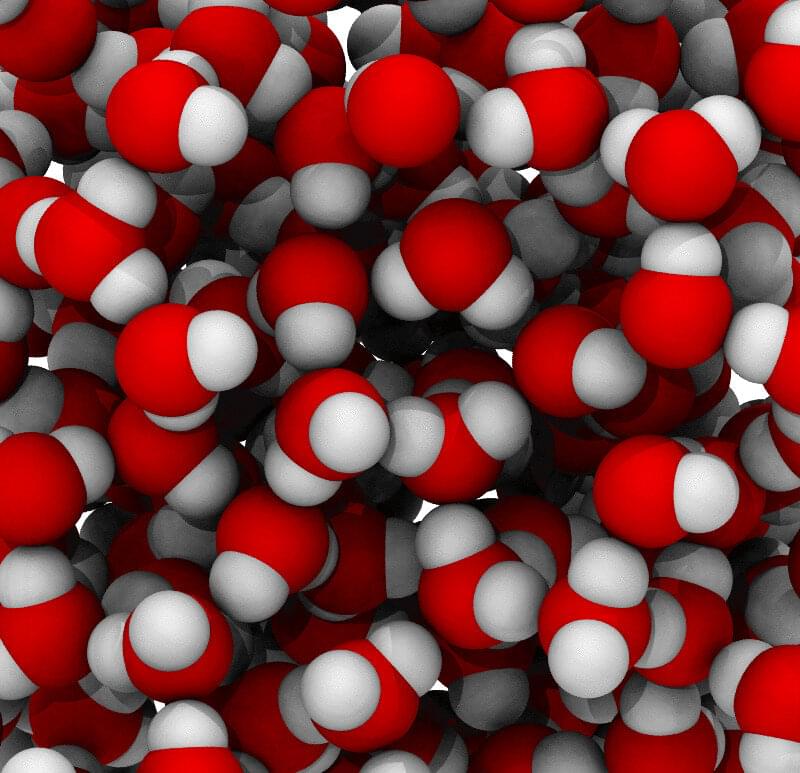😗
A research group led by Prof. Wu Kaifeng from the Dalian Institute of Chemical Physics (DICP), Chinese Academy of Sciences recently reported the successful initialization, coherent quantum-state control, and readout of spins at room temperature using solution-grown quantum dots, which represents an important advance in quantum information science.
The study was published in Nature Nanotechnology on Dec 19th.
Quantum information science is concerned with the manipulation of the quantum version of information bits (called qubits). When people talk about materials for quantum information processing, they usually think of those manufactured using the most cutting-edge technologies and operating at very cold temperatures (below a few Kelvin), not the “warm and messy” materials synthesized in solution by chemists.
